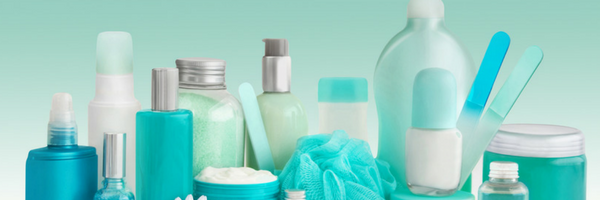
Are your skin care and cosmetic products making your skin sick?
16 December 2016
We know you love your favourite skin care products and cosmetics. You love how they smell, how they feel on your skin and the improvement you see when you use them. We understand! But are your skin care products making your skin sick?
Reactions to cosmetics and skin care products are common. Not only can skin become reactive to a product on first contact, but reaction can occur after years of use.
And while there is a trend towards natural products in skin care ranges, this wont necessarily mean skin is less likely to react. In fact, most allergic reactions are caused by contact with “natural” proteins.
What reactions are common?
Contact and Irritant Dermatitis
This kind of dermatitis is an inflammation, which results from contact of the skin to a substance. It can look like eczema and be itchy and even develop blistering.
Atopic (or allergic) individuals, who often have dry skin, are more prone to irritant dermatitis.
Water is one of the most common irritants, therefore a lot of people with atopic backgrounds, who do a lot of wet work, will often get dermatitis on their hands.
Another reason people with atopic backgrounds get irritant dermatitis is because the skin gets injured from chronic scratching, allowing otherwise harmless chemicals in cosmetics and skin care products to enter the skin.
The most common irritants include acides, alkalies, detergents and solvents, all of which can disrupt the barrier function of the skin.
Common skin care products causing irritation include bath soaps, make up removers, shampoos, antiperspirants and baby wipes. Water present in cosmetics and skin care products is the most common irritant to very dry skin.
Diagnosis of the irritant can occur via patch testing.
Allergic contact dermatitis
This is an immunological (allergic) skin reaction that occurs when a genetically predisposed individual comes in contact with a substance to which the immune system has become sensitised. The reaction is also known as delayed hypersensitivity, since the rash usually develops more than 12 hours after contact with the allergen.
The most common allergen causing allergic contact dermatitis is fragrance. 70-80% of fragrance allergies can be picked up by patch testing, where Balsam of Peru, a fragrance mix containing eight common fragrances, is used.
Fragrances can cause increased pigmentation, photo dermatitis (seen frequently on the necks of women who spray perfume in that region) or hives.
“Unscented: products are not necessarily fragrance free, as they may contain fragrance to mask chemical odours.
Other common sensitisers, or contact allergens, include preservatives, lanolin, PPD (hair colour) and an incraesing number of herbal/plant products.
Cosmetics which contain water must also have preservatives to prevent bacterial or fungal growth. These preservatives are the second most common cause of skin reactions.
The only way of obtaining proof of allergic contact dermatitis is by patch testing, which can take up to 48 hours to provide a positive response.
Share
Written by Dr Helena Torpinski.
Helena works as a GP in Newtown, Sydney and a Skin Laser Specialist at our clinic.



